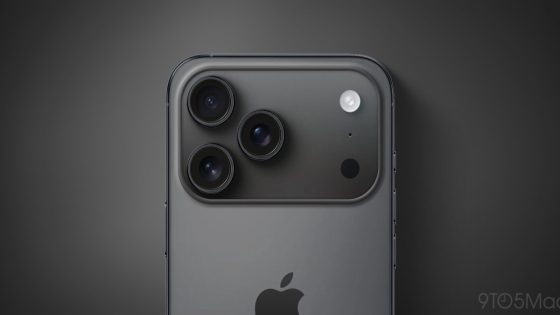The durability of foldable phones is under scrutiny after a recent experiment by the Korean YouTube channel Tech-it. The Samsung Galaxy Z Fold 7, touted to withstand 500,000 folds, faced significant issues during a live demonstration where it was folded 200,000 times by hand. Conducted on 2025-08-08 00:33:00, the test revealed alarming results that challenge the phone’s advertised resilience.
- Samsung Galaxy Z Fold 7 durability tested by Tech-it
- Phone rebooted every 6,000 to 10,000 folds
- Liquid leakage observed after 75,000 folds
- Real-world testing differs from lab simulations
- Foldable phones face higher damage risk
- Consumer concerns include durability and battery life
Tech-it’s host, Hyeonseo Chae, known as ITchelin, opted for a manual folding method to simulate real-world usage. The experiment showed that the device began rebooting after just 6,000 to 10,000 folds, and by 175,000 folds, the speakers failed entirely. This raises questions about the reliability of lab tests versus actual consumer experiences.
This experiment emphasizes a critical point: how do real-world conditions affect technology? As foldable phones become more popular, understanding their limitations is essential. Are manufacturers overestimating durability? Here are some implications:
- Consumers may hesitate to invest in foldable technology.
- Manufacturers need to reassess durability claims.
- Real-world testing could become a standard practice.
- Software behavior over time is as crucial as hardware durability.
As the market for foldable devices grows, manufacturers must prioritize durability to build consumer confidence. Will they rise to the challenge?

































